The Garmin Enduro 2 probably isn't for you – here's what to buy instead
Casual runner? Then it’s too much watch for you
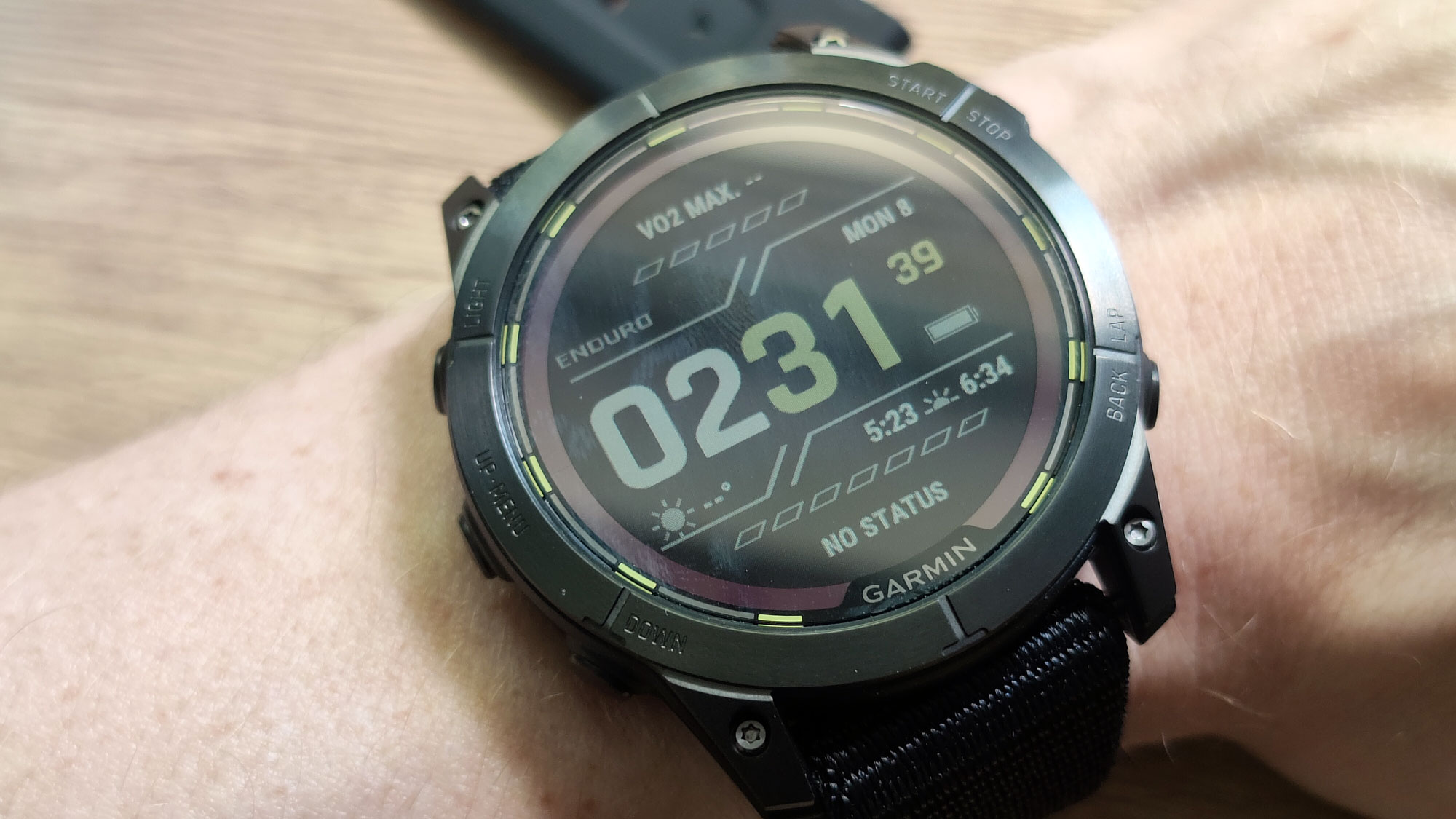
I recently got my hands on the Garmin Enduro 2 and am in the process of testing it right now. I can safely say it’s a stonking fitness watch, one of the best Garmin watches to date. The Enduro 2 is packed to the gills with every feature you could ever want in an outdoor watch.
Topographical maps? Check. Ultrafit race-friendly strap? Check. Titanium casing and solar-charging Sapphire glass lens? Check. Health snapshot feature to serve up all your vital data in one place? Check. It can even calculate the best way to return to the starting point of your hike, run or ride, or signal your contacts in case of an emergency. When it comes to adventuring, this watch is a better companion than Bear Grylls.
However, the watch I’m using is a testing unit, a loaner from Garmin provided for review purposes. Eventually, I’ll be done with my review and have to return it to Garmin Towers. And if I had to go out and buy myself a new fitness watch once the testing period is over, this is not the watch I’d choose to buy.
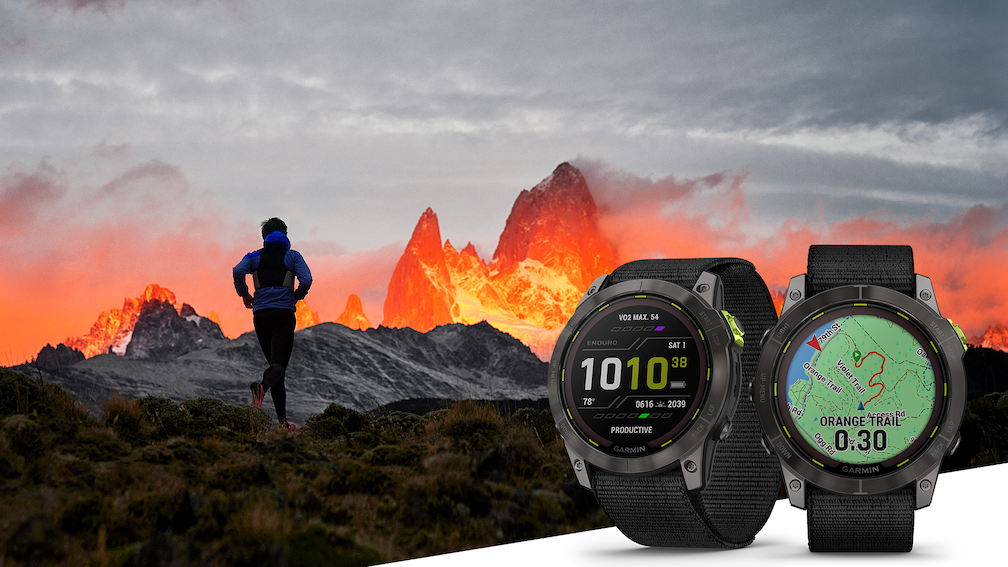
For one thing, it costs $1,099 / £929.99 / AU$1,700, which is a lot of cash for most people to splash on a performance tool. It’s almost the most expensive watch in Garmin’s lineup right now. Which leads nicely to my second point: if you’re going to invest in a high-performance sports watch, you should be a high-performance athlete.
Like a neon Bugatti, the Enduro 2 isn’t happy when just crawling through traffic in the city: it’s begging to shift into high gear and be really tested on the open road. If you’re not taking it out enough, you’ll have paid an enormous amount for a status symbol when, for practical purposes, a hatchback might do.
Fully testing this watch is going to be a challenge. Even though I’m a keen runner, I’m a casual enthusiast, clocking up around 20km in an average week between gym sessions – although that will increase soon when I begin marathon training. When I read the spec sheet, my first thought was, “how on earth am I going to run enough to put this damn thing through its paces?”
If you’re not a serious outdoor enthusiast, ultra-runner, dedicated cyclist, or regular triathlete, the Enduro 2 is probably too much watch for you. You’ll be wasting your hard-earned cash on something you’ll never get the most out of. To get the most bang for your buck, here’s a selection of smart fitness products more suited for the average athlete's needs:
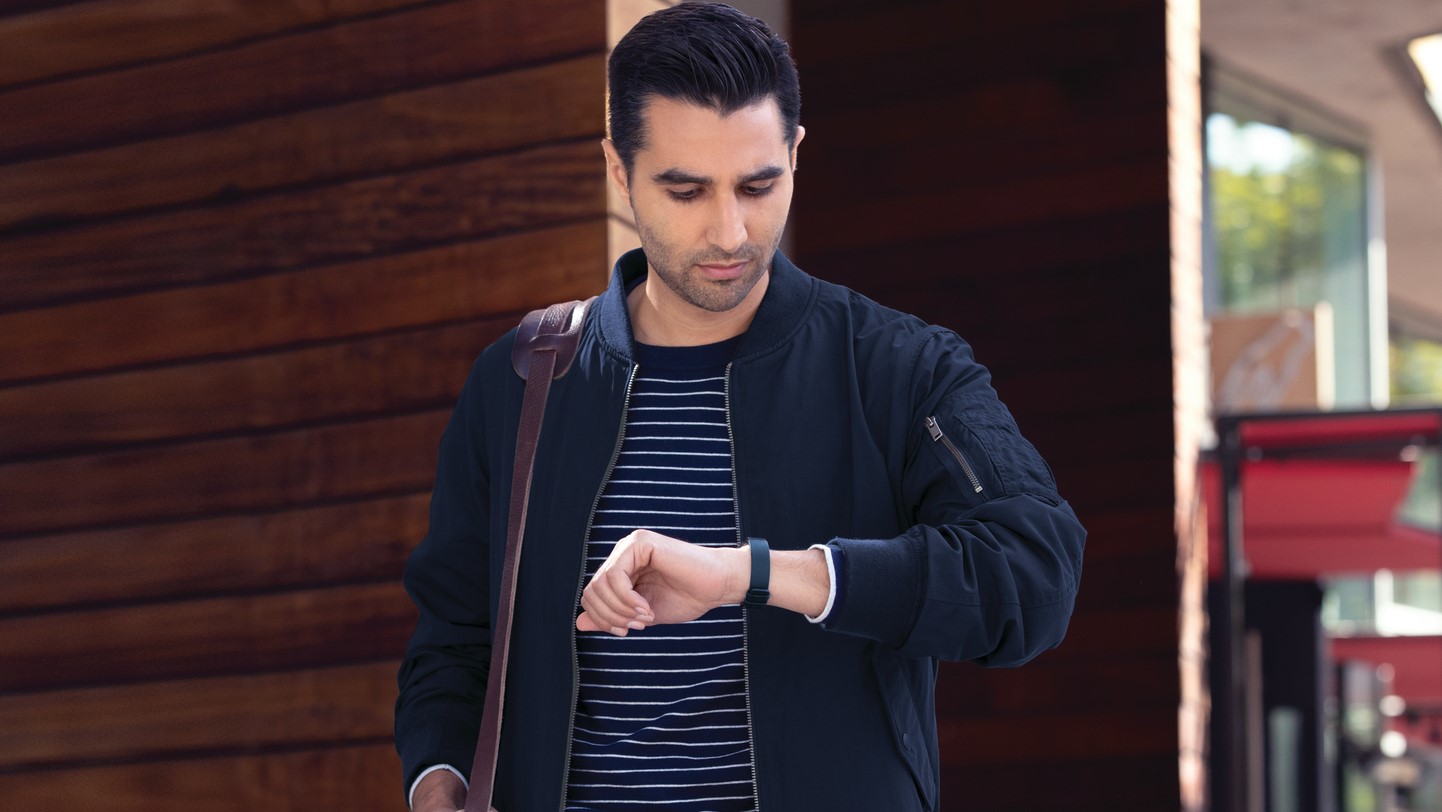
1. Fitbit Inspire 2
The best cheap fitness tracker is a great buy for someone who is either just beginning their health and fitness journey or doesn’t do a lot of endurance exercise. If you’re just looking for a simple device to help you stay a little healthier, track your heart rate and calories burned on a park run, and log your gym and yoga sessions, the Fitbit Inspire 2 is all you need.
The Inspire 2 comes with a year of Fitbit’s Premium service included. This provides follow-along workouts, advanced sleep profiles with suggestions to improve your Sleep Score, and other helpful advice and metrics that give a better understanding of your health. The band will nudge you if you’ve been sitting too long, and guided breathing exercises and meditations can help you unwind after a stressful day.
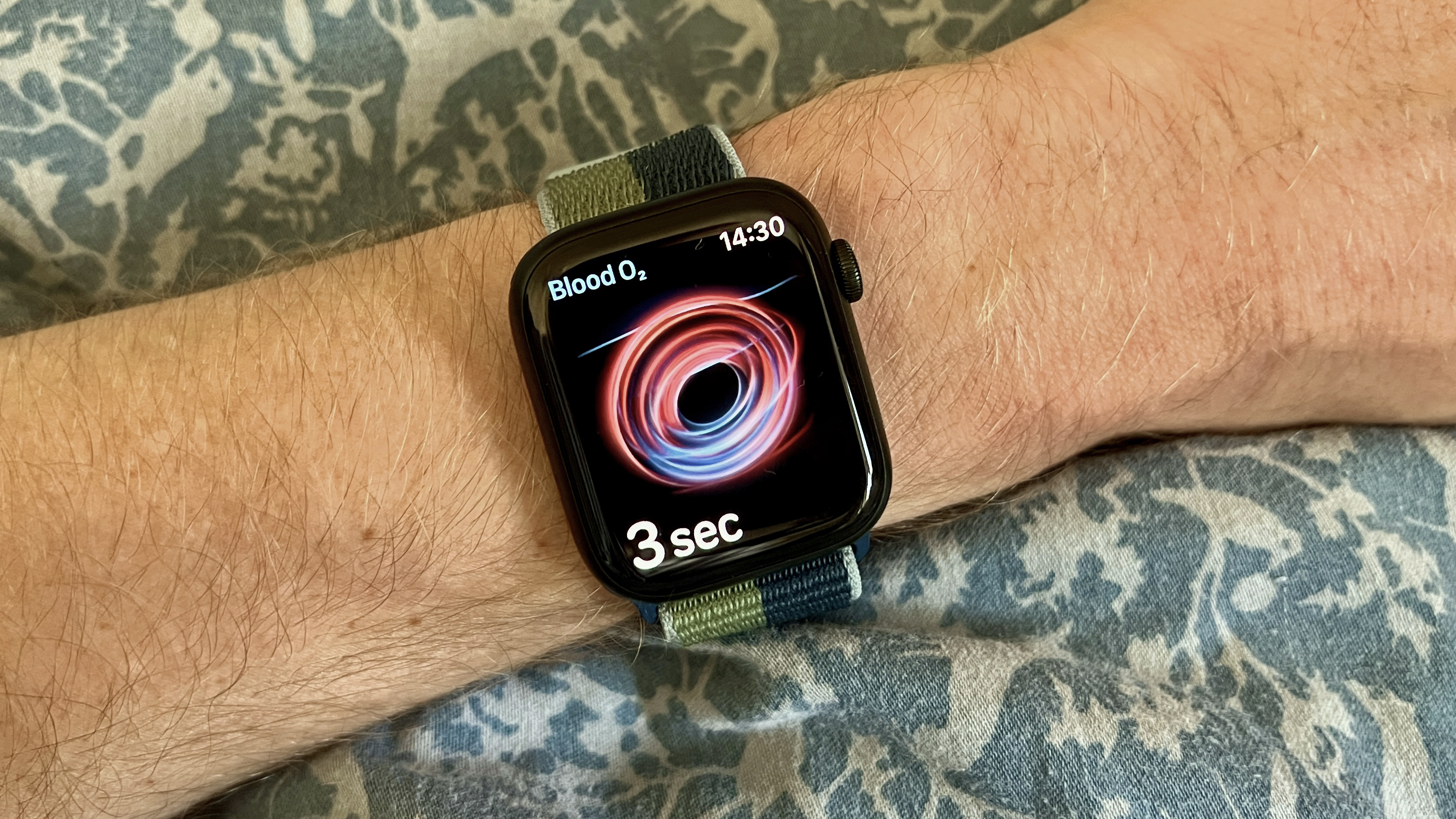
2. Apple Watch 7
The Apple Watch 7 is an excellent all-rounder and the natural choice for existing iPhone users. Whether you’re a keen runner, hiker, yogi, or HIIT workout fan, “closing the rings” on your Apple Watch to signify that you’ve fit enough movement into your day is a point of pride for many users.
A step up from simple trackers like the Inspire 2, the Apple Watch has recently been revamped with new sleep, activity, and running metrics in watchOS 9. It’s a sophisticated health improvement tool, but it’s still for generalists and everyday exercisers rather than single-discipline athletes.
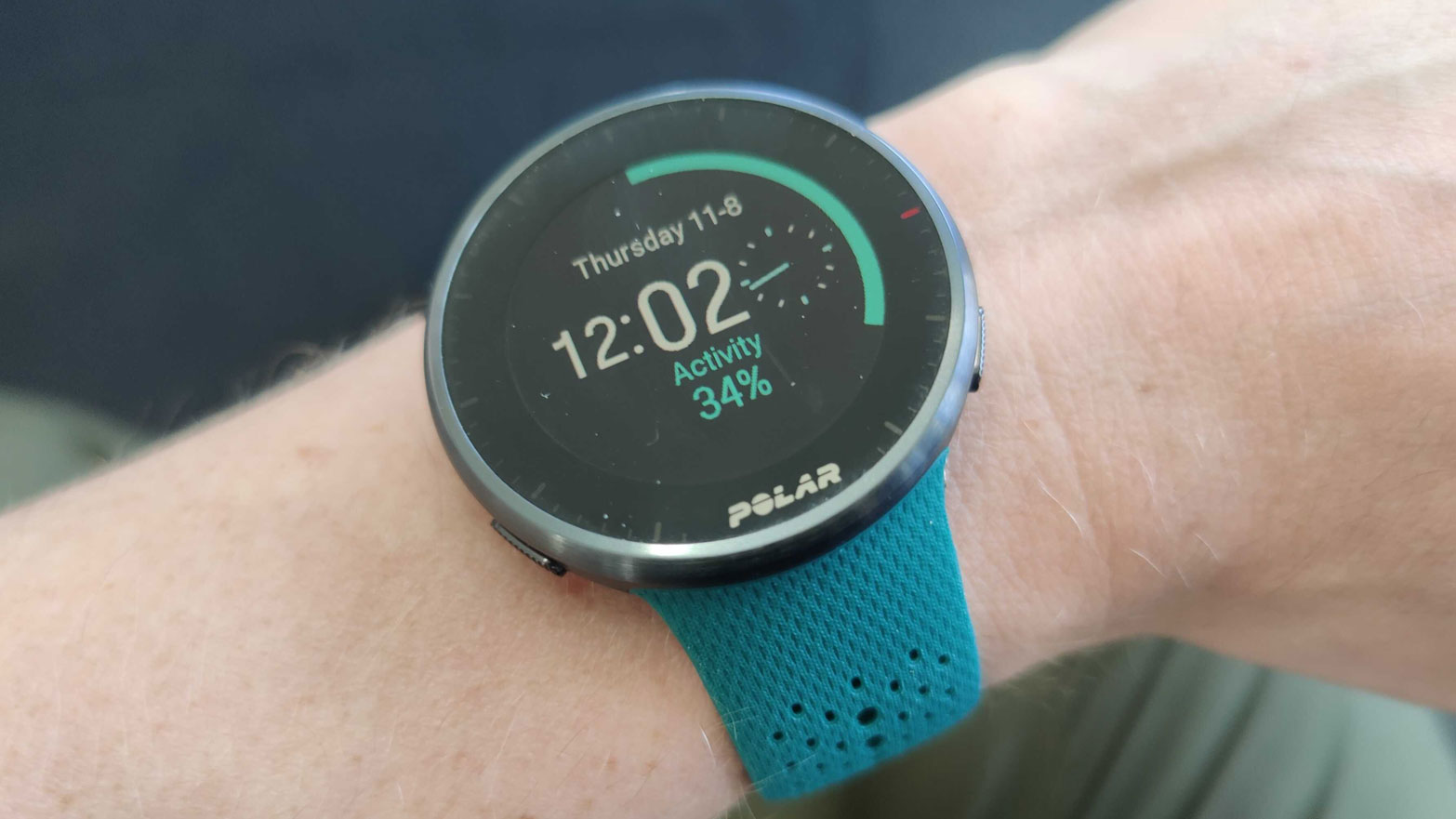
3. Polar Pacer Pro
The other watch I’m testing at the moment, the Polar Pacer Pro, is a specialist watch for runners, although it has plenty of other activity profile options. However, as a tool for those hitting the road, it’s got none of the lifestyle aspects of the Apple Watch, which means no third-party apps, no pretty AMOLED butter-smooth touchscreen, no on-wrist video, and no menstrual health tracking.
Fortunately, it excels in its specialist area, with running power calculated just from your wrist without needing a heart rate monitor like Garmin does. Polar’s running metrics are always amazing, with heart rate training zones and speed calculated alongside the cadence of your run, your overall cardio load, and detailed graphs of minute-by-minute performance. Want detailed metrics without the overload of a four-figure fitness watch? This is the one for you.
Get daily insight, inspiration and deals in your inbox
Sign up for breaking news, reviews, opinion, top tech deals, and more.

Matt is TechRadar's expert on all things fitness, wellness and wearable tech.
A former staffer at Men's Health, he holds a Master's Degree in journalism from Cardiff and has written for brands like Runner's World, Women's Health, Men's Fitness, LiveScience and Fit&Well on everything fitness tech, exercise, nutrition and mental wellbeing.
Matt's a keen runner, ex-kickboxer, not averse to the odd yoga flow, and insists everyone should stretch every morning. When he’s not training or writing about health and fitness, he can be found reading doorstop-thick fantasy books with lots of fictional maps in them.